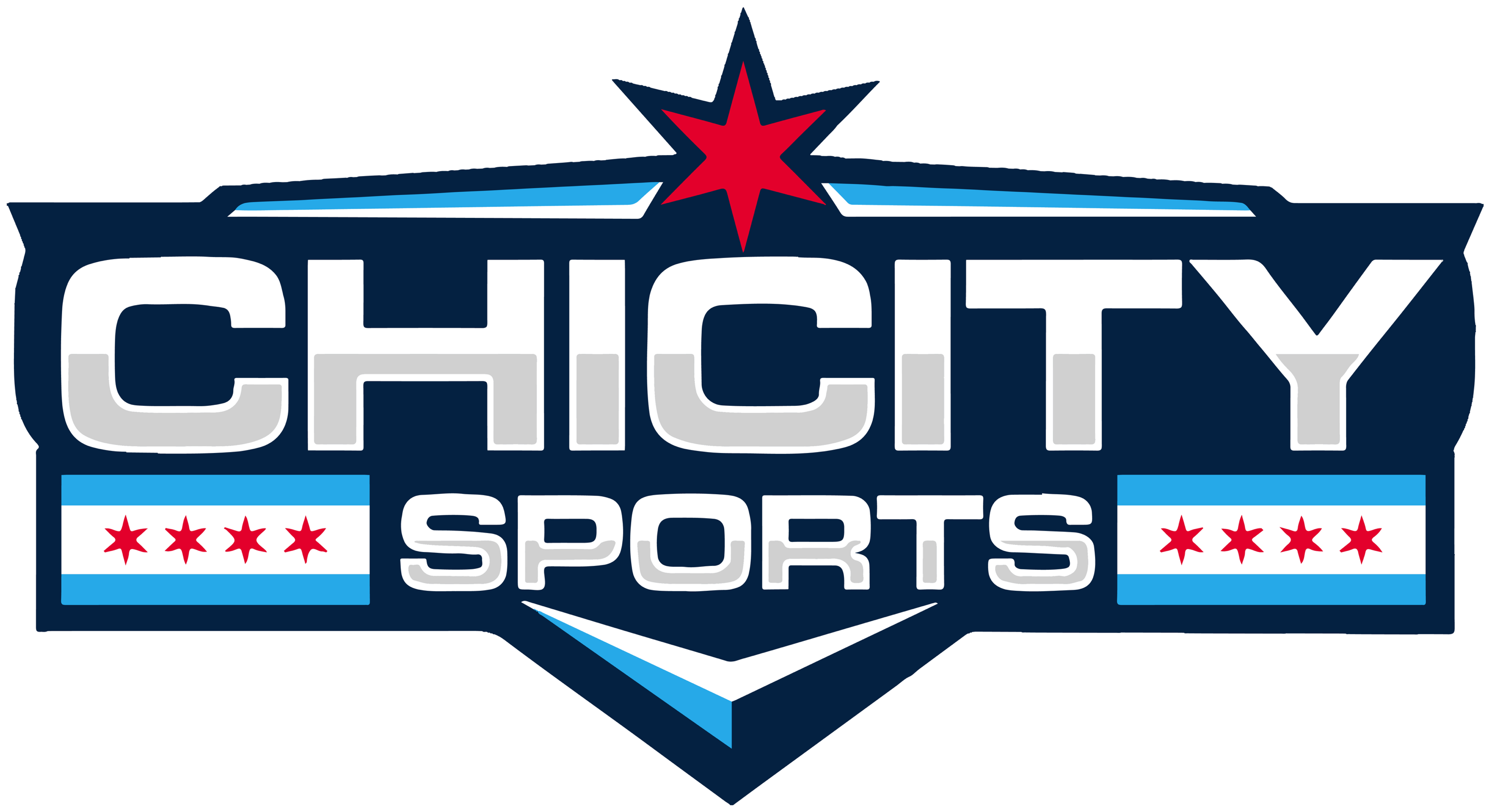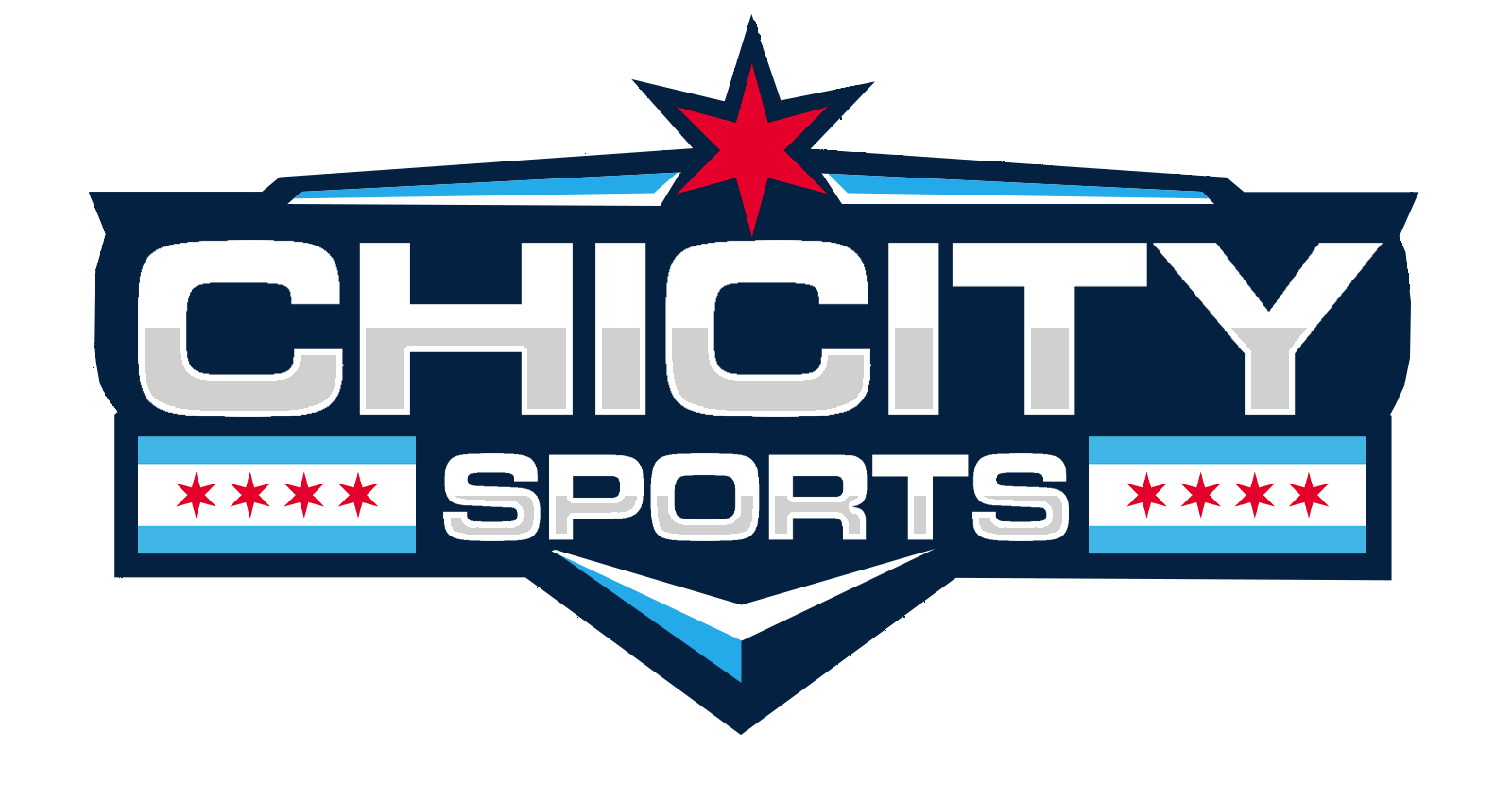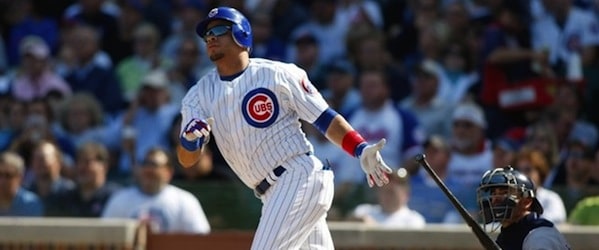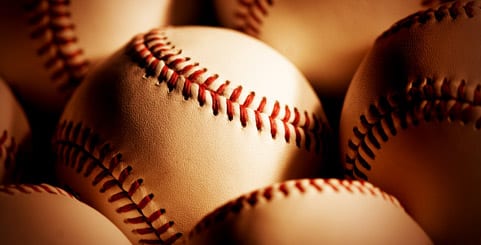Cub Third baseman Aramis Ramirez missed a total 20 days in 2010 due to a left thumb sprain; an injury which appeared to affect his bat control, as he posted the lowest contact rate and highest swinging strike rate in his entire career as a Chicago Cub. However, he smashed 25 home runs last season.
Hitting long, majestic homers have been Ramirez’s MO as a Cub, but as his age climbed, his swinging strike rate followed. Always known for a violent swing, Ramirez’s walk rate has steadily decreased the past three seasons, culminating last season, as he posted a .294 on-base percentage (for comparison’s sake, Alfonso Soriano had a higher OBP than Ramirez in 2010).
Ramirez has followed last season’s campaign with a completely different strategy at the plate, as he appears to have traded his 25-35 home run power in exchange for a more patient, contact-oriented approach to hitting.
This season Ramirez is yet to strike-out, and is drawing walks at a rate which stands more than twice his career norm . His swinging strike rate stands a career low 4.4%, as he is laying off tougher pitches to hit with what appears to be a more controlled swing.
Take a look at the offerings he’s laid off this season (as seen from the catcher):
Ramirez has laid off some tough pitches on the outside part of the plate, and below the strike zone.
Now let’s take a look at the pitches he’s swung at:
Every pitch that he’s swung at has been in the general vicinity of the strike zone, with exception to a fastball and change-up six inches off the plate. He’s basically attacking the inside part of the plate, and laying off pitches on the outer part, limiting his vulnerability to the slider low and away.
As I mentioned, Ramirez looks to have swapped this more patient, controlled approach with his infamous power. While he did just hit a two-run homer in a loss Wednesday against Arizona (located on the inside part of the plate), Ramirez’s line-drive percentage is more than half of what he has averaged for his career. Those line-drive hits have basically turned into ground balls, which have less of a chance to fall in for hits than liners. His batting average on balls in play stands at .245, which would signal for his .280 batting average to rise a bit, but with the small amount of liners comes a depressed BABIP.
WIth this year being the last on Ramirez’s contract, the third baseman has a lot to say in terms of a future contract. His 2011 season could prove to be a big one if he plays up for a big contract this upcoming offseason. Ramirez doesn’t have to hit 38 home runs like he did in 2006 to get a long-term deal. If he hits roughly for a .300 batting average and near a .400 on-base percentage to go with 20 home runs, he will walk to the open market, leaving the Cubs a Type-A draft pick compensation.
For More Great Chicago Sports Content
Get the latest Chicago sports news, analysis, and breaking stories on the Bears, Bulls, Blackhawks, Cubs, White Sox, Sky, and more! Tap the star to add us to your favorites on Google News, so you never miss a story on your favorite Chicago teams.
Follow us on Twitter at @chicitysports23 for more great content. We appreciate you taking time to read our articles. To interact more with our community and keep up to date on the latest in Chicago sports news, JOIN OUR FREE FACEBOOK GROUP by CLICKING HERE




